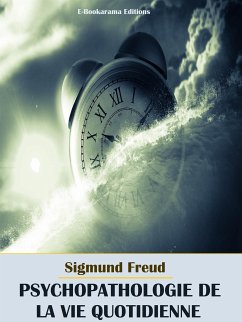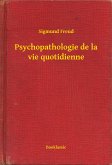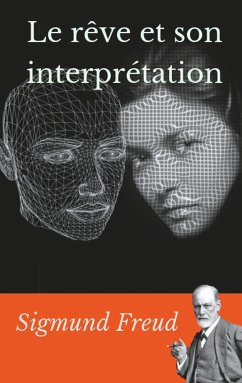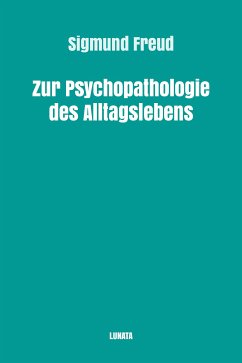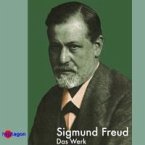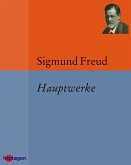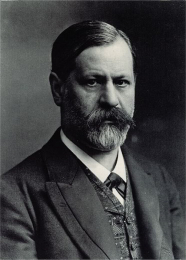Oublier un nom, casser un bibelot familier, se tromper de clefs, commettre un lapsus, tous ces petits accidents ordinaires doivent s'interpréter comme des manifestations de l'inconscient. En effet celui-ci travaille sans cesse, infatigablement. Sigmund Freud a montré comment le rêvé était la voie royale d'accès à l'inconscient. Il dessine dans son ouvrage de 1901, "Psychopathologie de la Vie Quotidienne", d'autres chemins vers cette part qui échappe à notre contrôle et qui, par ses manifestations, traduit nos désirs.
Dieser Download kann aus rechtlichen Gründen nur mit Rechnungsadresse in A, B, BG, HR, CY, CZ, DK, EW, FIN, F, D, GR, H, IRL, I, LR, LT, L, M, NL, PL, P, R, SK, SLO, E, S ausgeliefert werden.

